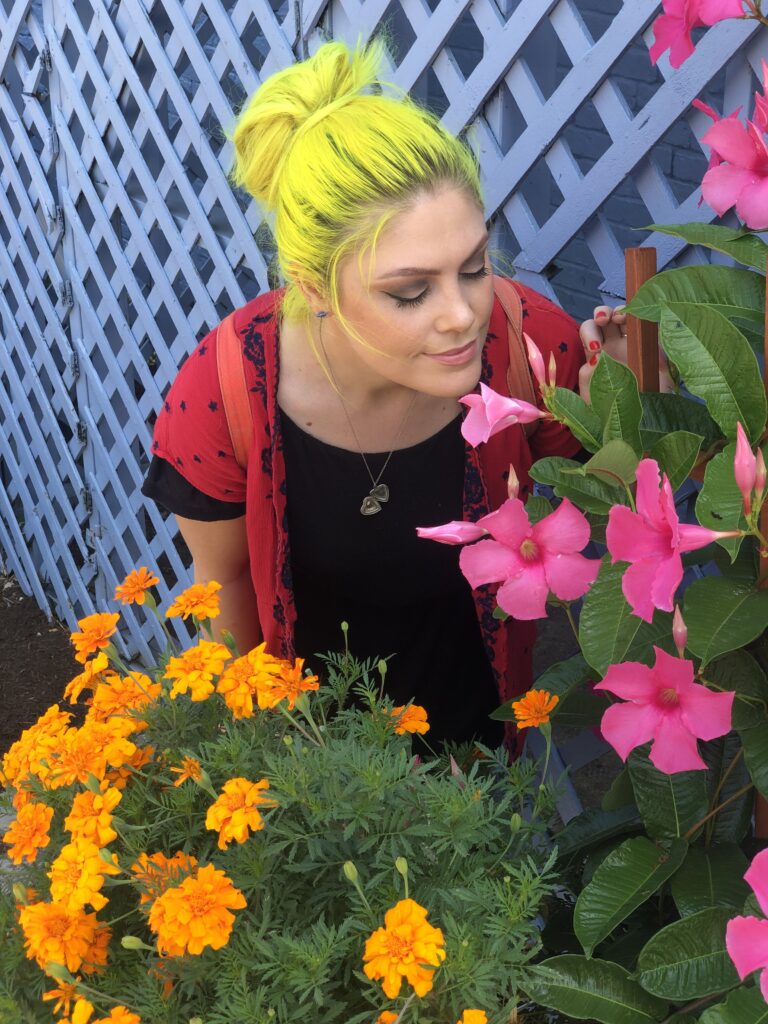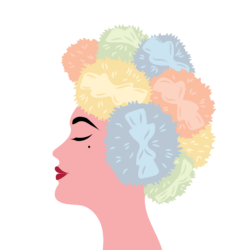Authenticity has evolved from a natural expression of self to something akin to a manufactured artifact in the beauty world. With authenticity now a selling point, the pressure to be “real” is a complex psychological battleground. What was once a byproduct of inner confidence and self-assuredness is now meticulously constructed, like makeup applied to make it look like there is none at all. This twist creates a unique tension: the modern drive to present oneself authentically comes with the contradiction of making an unpolished, polished.

Psychologically, this pressure impacts our sense of identity and self-worth. Studies have shown that authentic self-expression boosts mental well-being, yet the paradox is that when “authenticity” becomes something we curate or market, it risks losing its value. In the beauty industry, this has led to a popularized aesthetic of barefaced selfies, blurred skin, and a “just-woke-up” look that often requires skill, time, and a range of products to achieve. The truth is that “authentic beauty” under this model can feel just as unattainable as the airbrushed standards of prior decades, leaving consumers caught in a paradox of feeling both seen and inadequate.
Are we truly reaching for authenticity, or are we still performing it? The question looms: when the idea of “being real” becomes a standard to live up to, does it continue to liberate, or does it simply hold us to yet another ideal?
